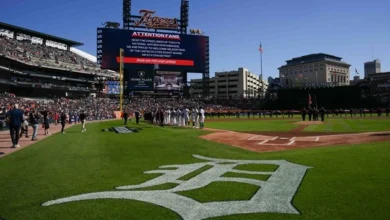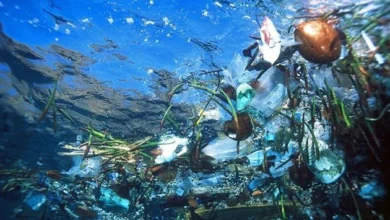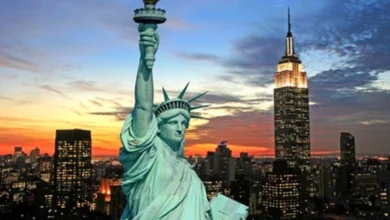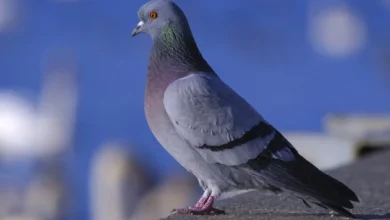How do Columbus’ island colonists’ descendants live? Who were the Taino?
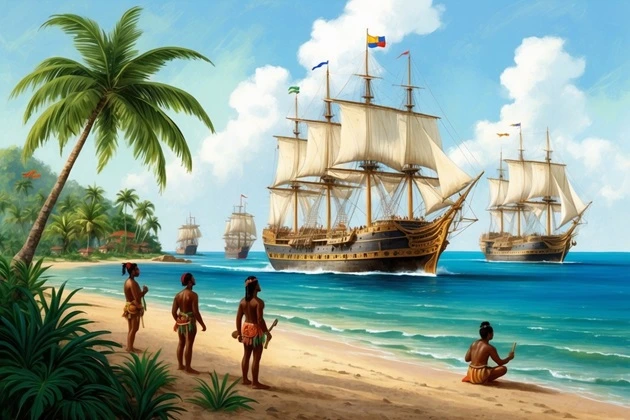
For a long time, it was believed that the indigenous people of Hispaniola were extinct. However, recently, researchers searching for their descendants have received unexpected results. Those whom Columbus called “Indians” and considered not particularly developed had built a unique civilization before his arrival and were a self-sufficient society. Their culture, science, and mastery of warfare proved their ingenuity. These people were famous for their traditional generosity. Unfortunately, this quality almost led them to destruction.
The wonderful world of Taino

If you’ve ever paddled a canoe, dozed in a hammock, enjoyed a barbecue, smoked tobacco, or witnessed a phenomenon like a hurricane, then there’s a bit of taino in you. All this was invented by the indigenous peoples of Hispaniola long before Christopher Columbus arrived in the New World in 1492.
A remarkable civilization originated around the 5th century BC among the Arawak tribes of the Orinoco Delta and gradually spread from Venezuela through the Antilles. These tribes mixed with the inhabitants of the Caribbean. Then they created self-sufficient societies on the island of Hispaniola (the modern territory of Haiti and the Dominican Republic), as well as in Jamaica, Cuba, Puerto Rico, the Virgin Islands and the Bahamas.
As their civilization flourished, they developed agriculture and grew yuca, sweet potatoes, corn, beans, and other crops. Visit. A F R I N I K. C O M . For the full article. Some scientists estimate that by the time Columbus arrived, the Taino population may have reached more than three million in Hispaniola alone. As described by the Spaniards, their cities were densely populated, dispersed, and well-organized. The people were extremely resourceful. They learned how to extract cyanide from the life-giving yuca and developed pepper gas for warfare. Taino has learned to use all the forces of nature for medical purposes. They also built ocean-going canoes large enough to accommodate over 100 paddlers. In addition, the Europeans were fascinated by their sports games with a rubber ball — they had never known or seen such a thing.
Although the Taino never had a written language, they made exquisite ceramics, wove intricate belts of dyed cotton, and carved mysterious images from wood, stone, shells, and bones.
Most of all, these people impressed Columbus with their generosity, greatly contributing to their subsequent almost complete destruction. In his letters, he wrote that they were ready to give everything they had, no matter what they got in return. The traveler also admired their beautiful physiques and beautiful faces. The Spaniard noted that the Tainos do not carry weapons and do not know them. Columbus eventually concluded that they should become good servants.
European colonization
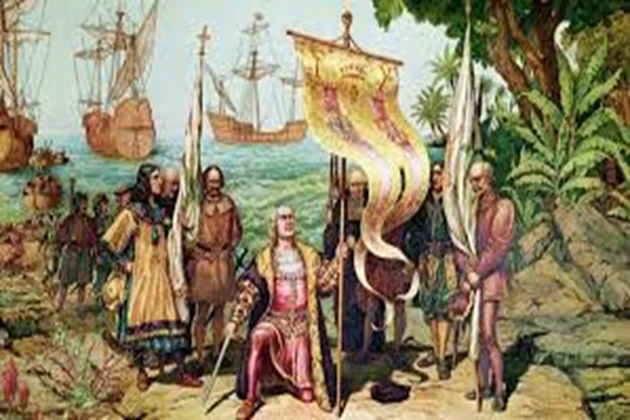
In 1494, Columbus founded the first American colony in La Isabela, on the northern coast of Hispaniola. After a short coexistence, relations between the aliens and the locals deteriorated. The Spaniards forced men to work in gold mines and plantations. They took away all the fertile lands, and the Taino had no place to plant their crops, which had fed them for centuries. The famine came. Then, the Indians began to die from diseases that were unusual for their immunity: smallpox, measles, and others. Many committed suicide, unable to withstand the bullying of civilized Europeans.
Only the lucky ones who managed to escape to remote regions survived. At the same time, the Spaniards were very willing to marry local beauties, giving birth to mestizos. Half a century later, there were practically no Indigenous Taino left. According to various sources, about 85% of Taino disappeared.
As the indigenous population disappeared, their culture, language, and religion disappeared. The regional councils collapsed, and the well-maintained ball courts were overgrown with bushes again. Given the drama of the situation, the Taino were hastened to declare the disappeared people.
Five centuries after the natives’ fateful encounter with Columbus, elements of their culture persist — in the genetic heritage of the modern Antilles, in the preservation of Taino words, and in isolated communities where people still follow their architecture, agriculture, fishing, and medicine traditions.
Traces left by a lost society
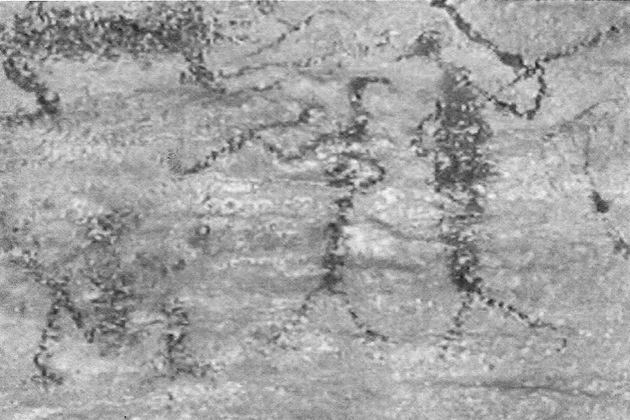
There are charcoal drawings in the caves where shamans performed their rituals in ancient times. They feature surreal images: mating dogs, giant birds swooping down on human prey, and a human bird. There were also owls, turtles, frogs, fish, and other creatures that Taino associated with unique abilities: fertility, healing, magic, and death.
They secretly practiced the so-called cohoba ritual. Tribal leaders fasted until their ribs were exposed, then cleaned themselves with vomit sticks and inhaled cohoba powder. Cohoba is a hallucinogen derived from the seeds of Anadenanthera peregrina, a tree native to the Caribbean. After that, they had visions that helped them plan wars, resolve disputes, and predict the future.
Modern locals are very afraid to enter these caves; they say that ghosts live there. A recent genetic study showed that 15-18% of Dominicans have Native American markers in their mitochondrial DNA, indicating that the Taino genes have been preserved. In the recent past, the descendants of the Indians carefully concealed their origin to avoid ridicule. The natives were considered uneducated, gullible, and backward peasants.
Do pure-blooded Tainos exist today
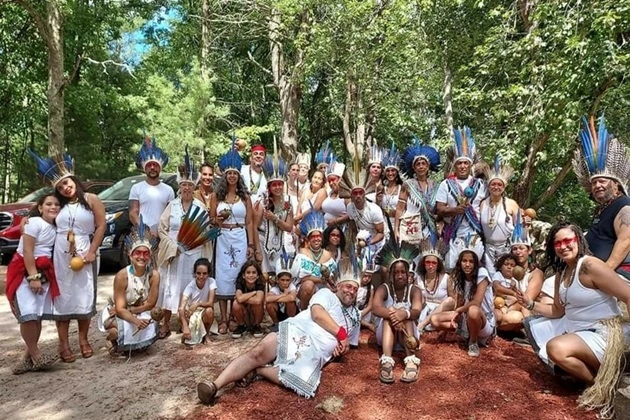
Scientists say that there is no such thing as pure Taino. After all, every nation is a mixture of the blood of different peoples. The same Spaniards have the blood of Moors, Jews, and Basques in their veins. The Taino also became a separate people only after centuries of traveling and merging with other peoples of the Antilles.
Recent scientific studies have revealed that 61.1% of Dominicans have mitochondrial DNA of local origin, which indicates the preservation of the maternal line. This amazed the scientists. African markers were also found in 26.4% of the population, and European markers in 12.5%. These results contributed to the revival of the Taino culture.
Political implications of Taino identity
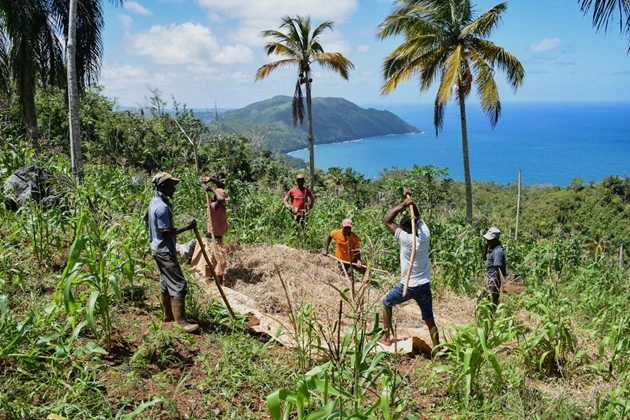
Although the issue of indigenous identity is often fraught with political consequences, it is particularly acute in Puerto Rico, which is still fighting for its status as a territory of the United States. The island enjoys neither the advantages of statehood nor the nation’s independence. There are deep differences between the supporters of each of them. Ardent nationalists view the recent surge in Taino activity as threatening political unity. Activists say their opponents are promoting a Eurocentric history and a colonial class system. Even leaders secretly sometimes treat each other with hostility.
Many are skeptical that people declare themselves Taino. Most of them are just trying to get a federal subsidy in this way. Scientists consider such one-sided reasoning to be stupid and naive. After all, African and Spanish cultures have been mixed with the Taino culture for centuries. You have to come to terms with this and learn to live.
The legacy of Taino
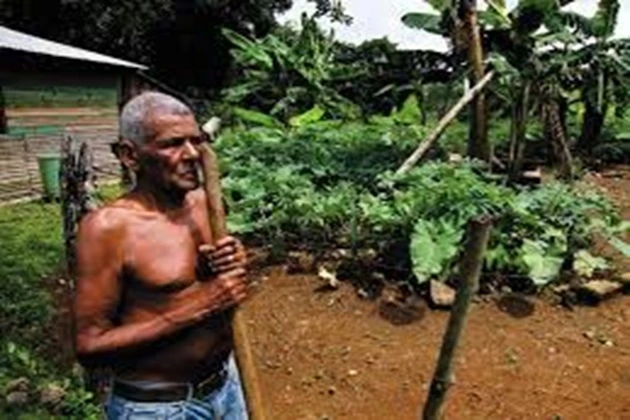
To this day, the locals have retained their high cheekbones, copper skin, and other features that indicate their Native American origin. They preserve ancient traditions: they plant familiar crops, pray to the moon and the sun, collect wild plants for medicinal purposes, and mark the passage of time without a clock. They pass on their knowledge from generation to generation, which means that the legacy of Taino lives on.
Science has long refuted the version with the discovery of America by Christopher Columbus. More than 10 years ago, a DNA study of the inhabitants of Iceland was conducted, which showed that many of them have the genes of the indigenous peoples of America.

